
Load from PC
Competency+Based+Train+Psa-Tdg-1

Hey everybody , Jim Powell here .
And I just wanted to give you a quick overview on a seminar that I attended recently in Brussels that was put on by Ayata on the subject of competency based training and assessment .
Now , I know a lot of you have heard the term C BT or C BT A and it's been a big deal .
So basically in the IKEA regulations and now in the AAA guidelines , they talk about competency based training for those of us here in the United States .
It's not really anything new because our function specific training has always been analogous to competency based training .
I mean , there's basically four types of training that everybody has to do , which is general awareness or Familiarization , training , safety training , security awareness training , and then function specific training .
So it's not much of a change , but you're likely to hear a lot about it , especially since AAA in their DGR their dangerous goods regulations .
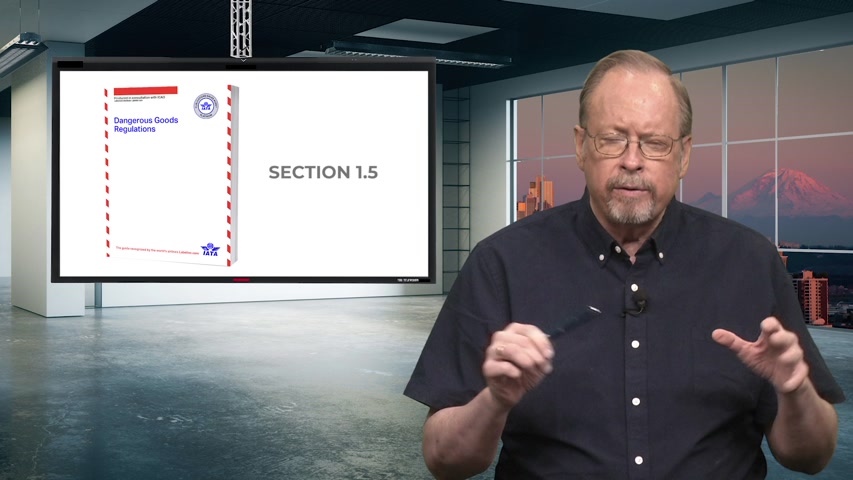
In section 1.5 took out the training table that they had , that showed the various categories of jobs with the training requirements .
So for a lot of people that was kind of a a shocking thing to see that table that's been there for 20 years finally disappear .
Well , I was kind of surprised to learn in the seminar that while that table has disappeared , there's another table in what used to be known as appendix .
H talking about well-defined job functions .
So even though they got rid of category six in the table , we've always known as 1.5 there's now a well defined job function for something that's pretty much the same thing as category six .
So what difference does C BT A make ?
And what difference , you know , what was accomplished by this , this seminar ?
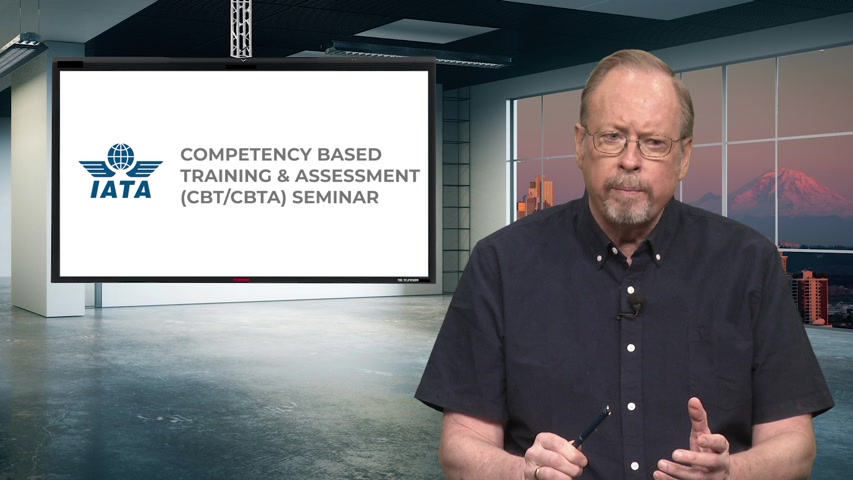
Well , the idea behind Ayata putting on the C BT A seminar is for people around the world to understand that the competency training needs to be in relation not to the job title of the employee , but the actual job function .
And like I said , here in the US , we've pretty much always had it this way , but internationally , it's not , it's not the same .
So Ayata has basically said that for each job function , you have to determine the competency elements that are required for that particular job that the person is performing and the skill level at which they need to perform .
And a lot of time is spent um showing uh Bloom's taxonomy , for example , which shows , you know , lower order thinking skills to higher order thinking skills and helps frame the expectations for the employee as to what they're going to get out of the training .
So at the end of the day , it was a useful session .

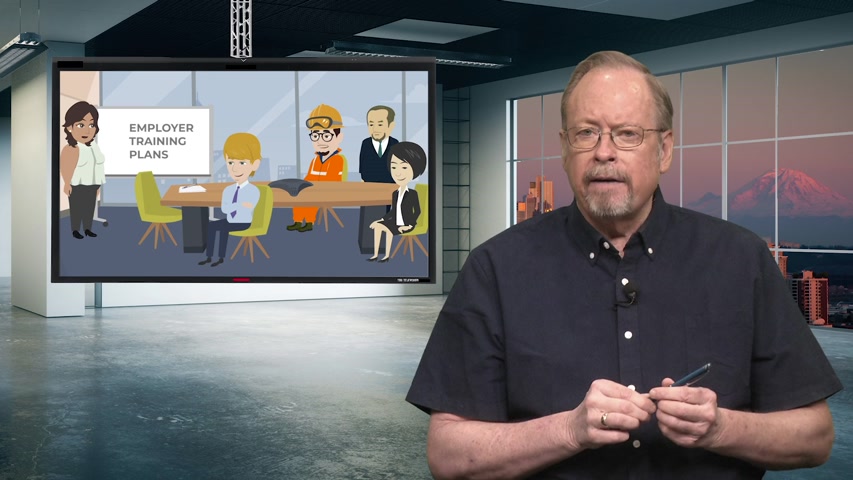
But there's still a lot of questions .
For example , the idea behind competency based training is that every employer .
So think about the United States with hundreds of thousands of different employers has to basically lay out a training plan for every single employee and for every single function of every single employee , identifying the competency elements that are required for their DG job functions and the skill levels for that .
And the competency assessment methods to ensure that the person is fully competent when the training is done and at periodic intervals after that , so it's a pretty tall order and it's a lot to expect an employer who may not know very much about dangerous goods to begin with um to be able to take on this particular task .
And that's why there are consulting companies like ours and other people that are getting this training so that we can help the employers navigate these requirements .
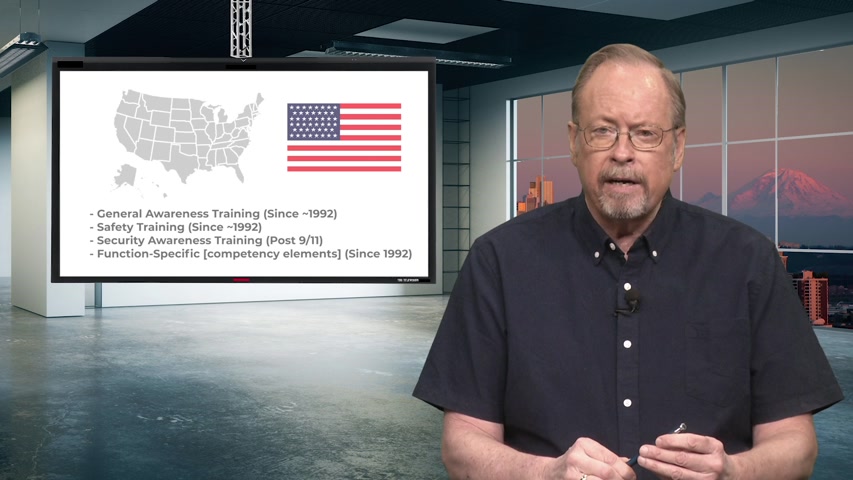
And again , for us , we're in a good position because in the United States , we've always had this kind of environment .
There's just a little bit more clarification and codification in the tables and things that are used as resources .
It was a good group of people .
It was held in February at Aviato Academy in Brussels .
I think there were about 18 people in the class dangerous goods instructors .
They were all top notch people , the instructor , Ajay Pande from uh Geneva from Ayata did a spectacular job .
He really set a good example for what a qualified DG instructor does and how they act and how they operate during class .
It was a lot of material to cover in five days .
And one of the things that I should let you know about is that Ayata has removed the entire appendix H from the back of the DGR and they are now going to be selling .
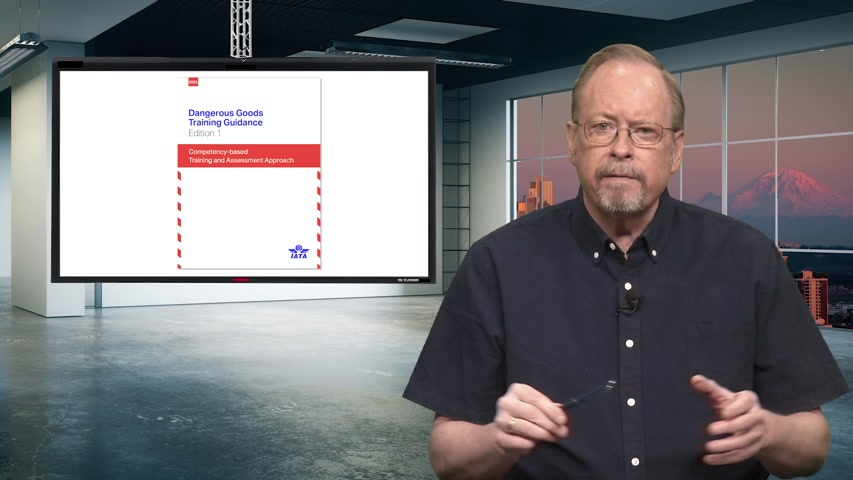
Well , I don't know if they're going to be selling or giving away , but there's now a separate book that's available from Aya's website specifically detailing the competency based training requirements .
So whether that continues to be free next year , uh We really have no idea on that .
So we encourage you to reach out to us if you have questions on competency based training .
Uh We do have a lot of information .
We have some white papers and we have some tools that may be helpful for you .
So thanks very much and we look forward to hearing from you .

Are you looking for a way to reach a wider audience and get more views on your videos?
Our innovative video to text transcribing service can help you do just that.
We provide accurate transcriptions of your videos along with visual content that will help you attract new viewers and keep them engaged. Plus, our data analytics and ad campaign tools can help you monetize your content and maximize your revenue.
Let's partner up and take your video content to the next level!
Contact us today to learn more.